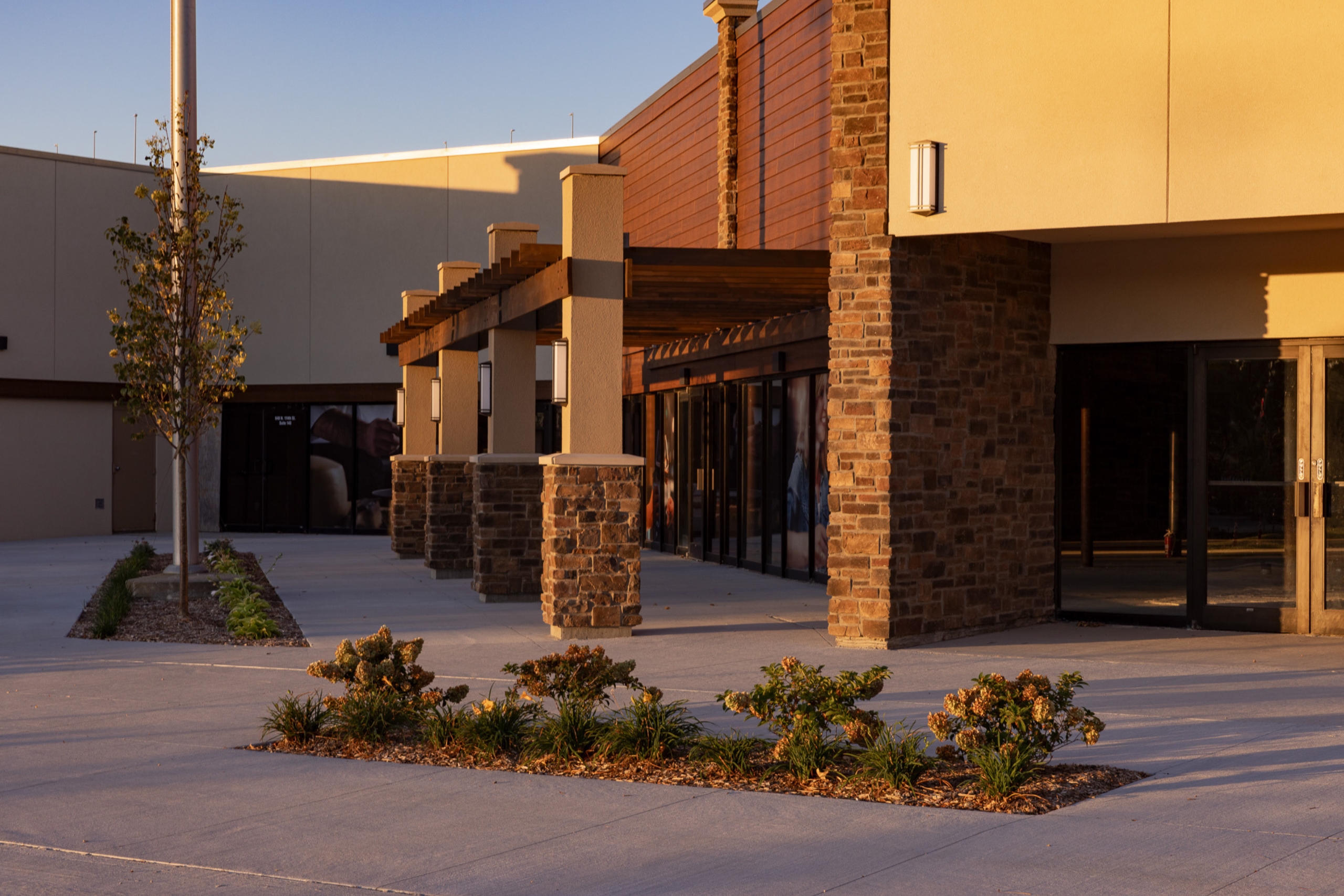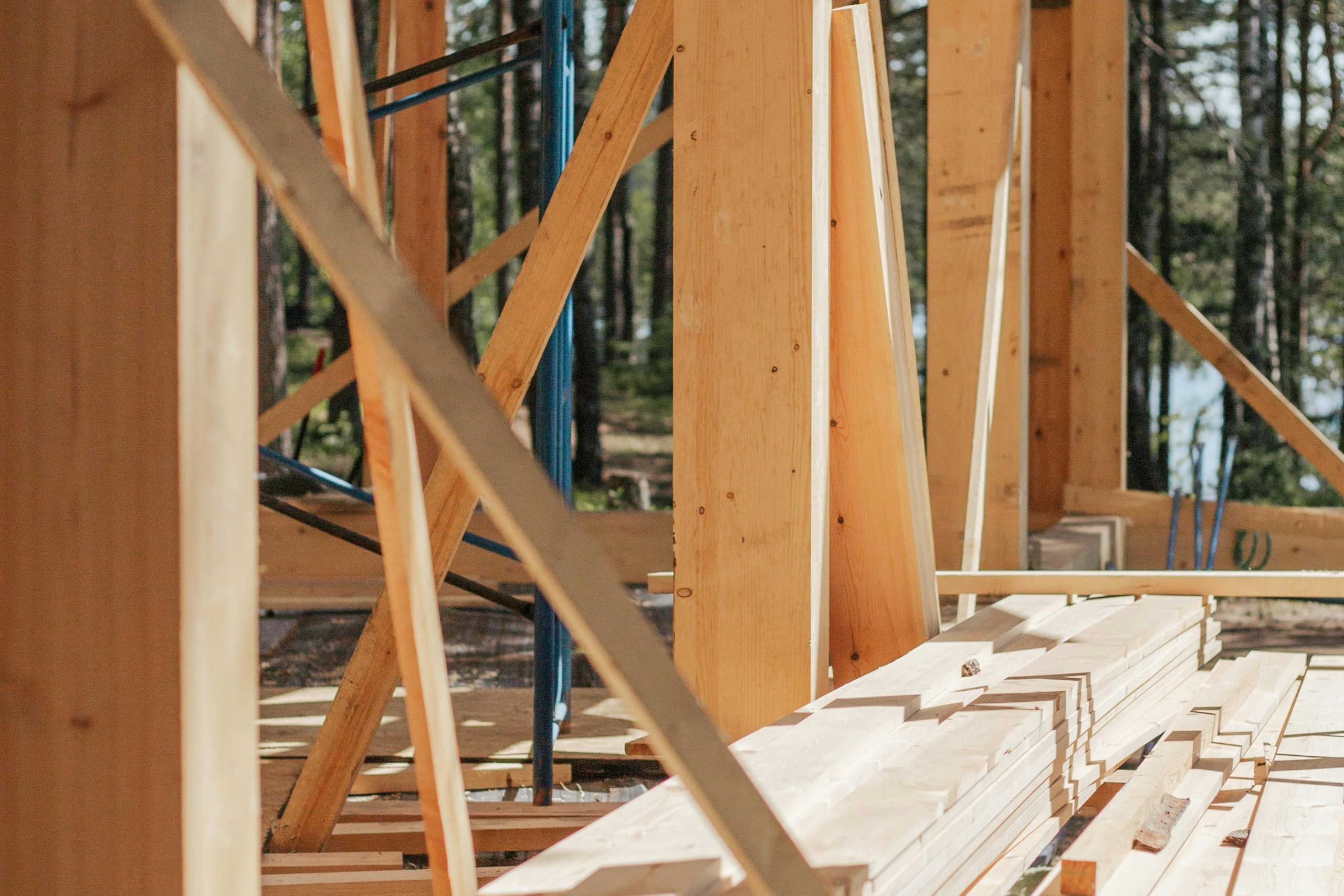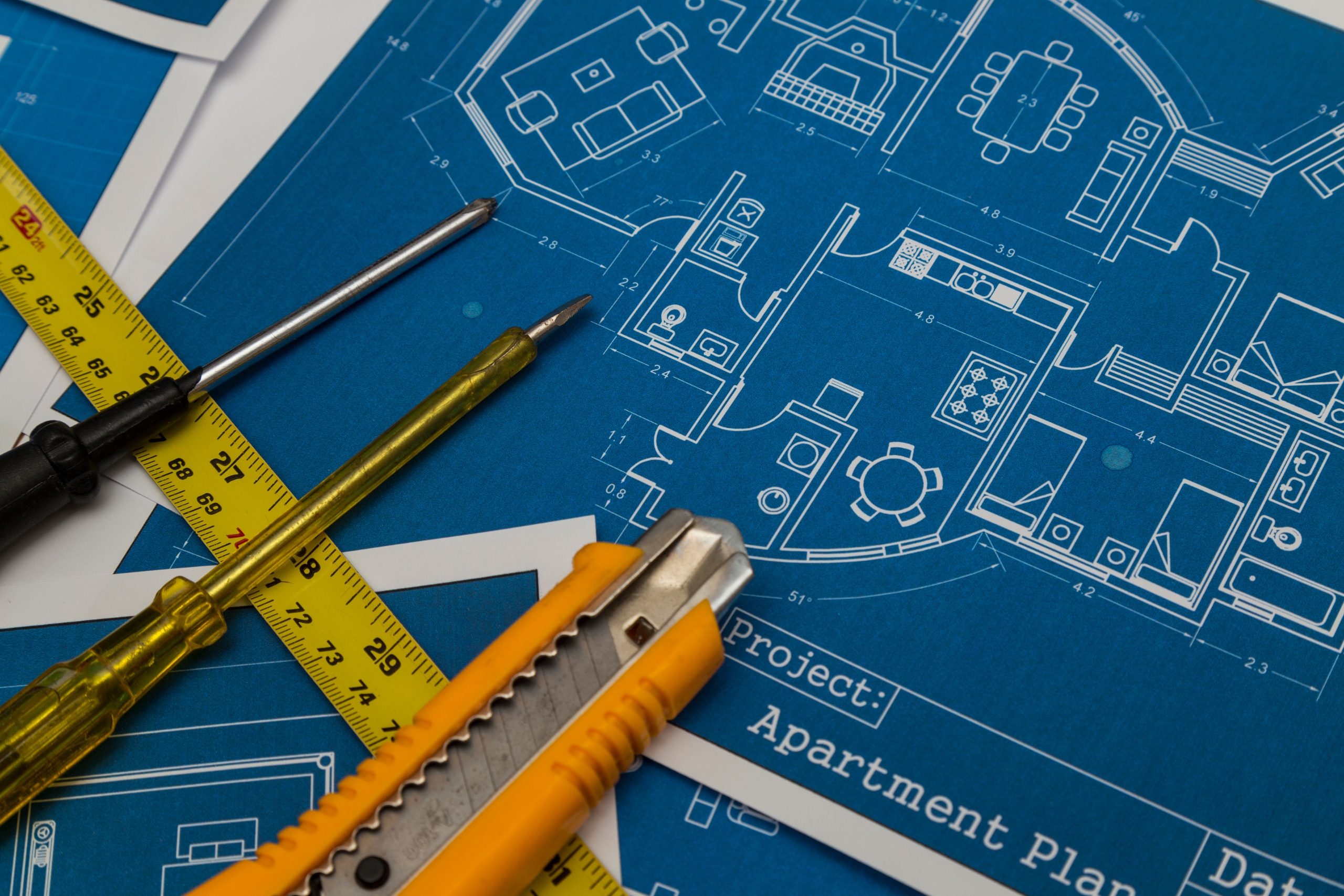Restoring historical buildings is about more than just fixing old walls and roofs. It is a critical process that helps us hold on to the past, preserving stories and architectural styles that are part of our cultural identity. In Omaha, where history meets modern development, restoring these structures keeps the city’s rich history alive and thriving. There’s a unique satisfaction in watching a building regain its former glory while still serving the community in new ways.
However, restoring a historical building is no easy task. It comes with its own set of challenges and rewards. The challenges may include dealing with outdated infrastructure or sourcing materials that match the original design. Yet, the rewards—seeing a building come back to life and knowing you’ve contributed to preserving history—are immensely fulfilling. Whether it’s turning an old theater into a vibrant community hub or a historic home into a functional space, each project contributes a piece to Omaha’s ever-growing tapestry.
Understanding Historical Building Restoration
So, what exactly is historical building restoration? At its core, it’s about bringing a building back to its original state as accurately as possible. It involves not only restoring the physical aspects but also respecting the historical significance and cultural stories that the building carries. This means you can’t just replace old windows with new ones off the shelf or slap a new coat of paint. Instead, you have to carefully consider every element, ensuring it matches the original design.
Maintaining architectural integrity and historical accuracy is crucial in these projects. Why? Because every detail, from the materials used to the specific design techniques, contributes to the authenticity of the restoration. It’s like fitting together pieces of a historical jigsaw puzzle. The final picture is incomplete if even a single piece is off. This approach not only honors the craftsmanship of earlier times but also ensures that the building remains a true representation of its era.
Steps for a Successful Historical Building Restoration in Omaha
Restoration is not a straightforward process, but following a series of structured steps can make it much more manageable:
1. Research and Documentation: Start by gathering all known information about the building, including its original uses and any historical significance. Document the existing condition in detail, photographing every corner and collecting historical documents or blueprints if available.
2. Assessment and Planning: Conduct a thorough assessment to understand the building’s current state and identify areas needing attention. Develop a comprehensive restoration plan that includes timelines, budgets, and specific restoration techniques.
3. Obtaining Permits and Approvals: Since many historical restorations are subject to strict regulations, you’ll need to navigate local requirements. This involves obtaining the necessary permits and ensuring compliance with historical preservation standards.
4. Restoration Process: Finally, dive into the restoration work itself, which will include selecting proper materials and employing skilled craftsmanship for each task. Whether it’s restoring wooden beams to their former glory or carefully repainting a decorative facade, attention to detail is key.
Each step ensures that the building not only meets modern safety and integrity standards but also remains a faithful representation of its historical self. As you move through the steps, maintain open lines of communication with local historians and communities to ensure a successful and respectful restoration process.
Challenges in Historical Building Restoration
Restoring a historical building often presents several challenges, each needing careful attention. One major issue is dealing with structural problems inherent in old buildings. Time and the elements can significantly weaken structures, necessitating expert evaluation and repair methods. A solid foundation or a stable roof might require advanced techniques to preserve both safety and historical integrity.
Another challenge lies in sourcing materials that match the building’s original construction. Modern materials, while convenient, often don’t match the look and feel of those used in older structures. Finding suppliers who can provide quality, period-appropriate materials is crucial to maintaining authenticity. You might need to source rare brick types, specialized wood, or unique tiles that are characteristic of the building’s original era.
Balancing modern needs with historical accuracy can also be complex. Historical buildings weren’t designed with modern comforts in mind. Integrating technological upgrades—like electrical systems, plumbing, or AC—while preserving architectural details demands creative solutions. It’s about bridging the past with the present, ensuring the building can be enjoyed and utilized today without compromising its essence.
Expert Tips for Historical Building Restoration in Omaha
Working with seasoned professionals is invaluable for navigating a successful restoration project. Experienced restoration specialists bring expertise in handling the delicate nuances of historical work. They understand how to maintain the building’s character while ensuring it meets current safety standards.
Engaging with local communities and historical societies offers further support. These organizations often have invaluable insights and resources, plus they connect you with like-minded individuals dedicated to preserving local history. Their involvement can bring the added benefit of collective expertise and shared responsibility for the project’s success.
Planning for long-term maintenance is essential once the restoration is complete. Regular upkeep helps protect your investment and the building’s historical value. Establishing a schedule for inspections and minor repairs will ensure the building remains in peak condition for years to come, preserving its charm and utility for future generations.
Bringing Your Restoration Project to Life
Restoring a historical building is a rewarding endeavor, blending respect for the past with the needs of the present. Each project is unique, presenting its own set of challenges and triumphs. As you plan your restoration, remember to prioritize authenticity and safety while remaining open to modern innovations that enhance the functionality of the space.
Ultimately, a thoughtful and well-executed restoration enriches the community by preserving its architectural heritage. Whether you’re involved in a small project or tackling a larger one, contributing to the tapestry of Omaha’s historical landscape is both an honor and an adventure. Embrace the opportunity to be part of this ongoing story, grounded in the rich and diverse past of the city.
Preserving Omaha’s historical gems requires the right expertise and approach. If you’re ready to start your own historical building restoration in Omaha, consider reaching out to PC Construction. With a wealth of experience in handling these unique projects, we can help bring your vision to life while honoring the past. For expert guidance and personalized solutions, connect with us to discuss your project and explore how we can assist in maintaining the integrity and beauty of your historical property.




